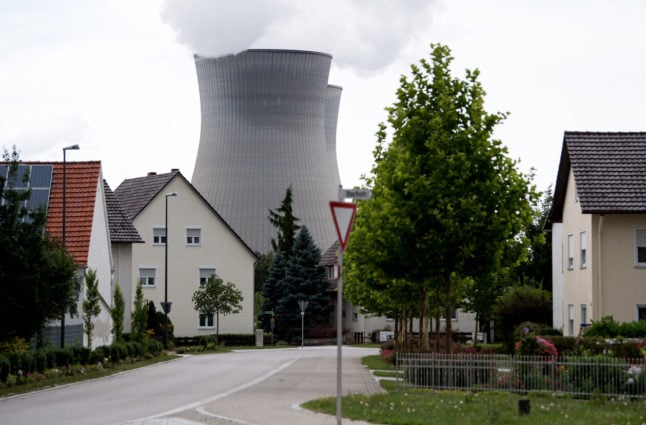“This accident has no radiological risk or need for population protection,” the ASN said, adding that it had suspended its crisis cell dealing with the incident.
At least one person was killed and four injured in a blast at a nuclear site in the south of France on Monday as the government sought to play down fears of a radioactive leak.
France’s state nuclear regulator had said earlier that there was a risk of a leak after the blast at Codolet in the Rhone Valley near the southern city of Nimes.
Despite killing one person and wounding at least four more, the blast “did not cause any radioactive leak”, a spokesman at the energy ministry said.
National electricity provider EDF confirmed the initial death toll following the explosion in an oven at the site.
One of the injured is in a serious condition, ASN said.
The blast hit the Centraco nuclear waste treatment centre belonging to EDF subsidiary Socodei, said a spokesman for the Atomic Energy Commissariat (CEA).
“Initial reports suggest there was an explosion in an oven used to melt metallic low- and very low-level radioactive waste,” the ASN said.
An EDF spokesman said: “This is an industrial accident, not a nuclear accident.”
“In this kind of oven, there are two sorts of waste: metallic waste such as valves, pumps and tools and combustible waste such as technicians’ work outfits or gloves,” the spokesman said.
An expert at the Institute for Radioprotection and Nuclear Safety in Paris, Olivier Isnard, said radioactive levels in the oven were only around 17 becquerels per kilo — “very, very low” — at the time of the blast.
“We don’t expect there to be an impact on the environment,” Isnard said, adding that samples would be taken from grass, soil and dust on cars to confirm this.
The interior ministry said that no one was evacuated from near the site nor were any workers confined following the blast.
Those injured “have not been contaminated” and the fatality was caused by the explosion, the ministry said.
Environment Minister Nathalie Kosciuscko-Morizet was due to arrive at the site on Monday afternoon, her ministry said, “to help carry out a precise evaluation of the possible radiological impact of this accident”.
“For the time being, no exterior impact has been detected,” a source at the ministry said.
“There are several detectors on the outside and none of them detected anything, the building is sound,” an advisor at the ministry told AFP, adding that “we do not yet know what caused the blast”.
The site is around 20 kilometres north of the historic city of Avignon which is thronged with tourists at this time of the year.
EDF’s share price dropped over six percent on the news of the blast.
France said in June it would invest €1 billion ($1.4 billion at the time) in future nuclear power development while boosting research into security.
France produces most of its energy from nuclear power. Some countries, notably its EU neighbour Germany, have rejected nuclear power after the Fukushima reactor disaster in Japan.
Environmental lobby group Greenpeace demanded total and immediate transparency from the authorities.
“It’s essential for local populations to be informed in real time about the situation and possible radioactive discharge,” said campaigner Yannick Rousselet.
He pointed out that the site was not covered by the audit of French nuclear sites ordered after the Fukushima disaster nor had it been part of the ASN’s latest round of inspections.


 Please whitelist us to continue reading.
Please whitelist us to continue reading.
Member comments